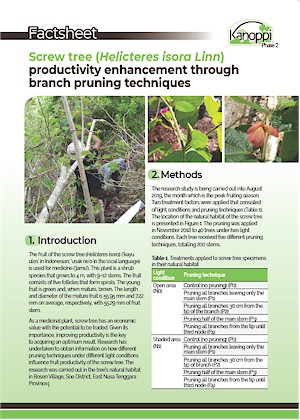Xylem density is a physical property of wood that varies between individuals, species and environments. It reflects the physiological strategies of trees that lead to growth, survival and reproduction. Measurements of branch xylem density, rho(x), were made for 1653 trees representing 598 species, sampled from 87 sites across the Amazon basin. Measured values ranged from 218 kg m(-3) for a Cordia sagotii (Boraginaceae) from Mountagne de Tortue, French Guiana to 1130 kg m(-3) for an Aiouea sp. (Lauraceae) from Caxiuana, Central Para, Brazil. Analysis of variance showed significant differences in average rho(x) across regions and sampled plots as well as significant differences between families, genera and species. A partitioning of the total variance in the dataset showed that species identity (family, genera and species) accounted for 33% with environment (geographic location and plot) accounting for an additional 26%; the remaining "residual" variance accounted for 41% of the total variance. Variations in plot means, were, however, not only accountable by differences in species composition because xylem density of the most widely distributed species in our dataset varied systematically from plot to plot. Thus, as well as having a genetic component, branch xylem density is a plastic trait that, for any given species, varies according to where the tree is growing in a predictable manner. Within the analysed taxa, exceptions to this general rule seem to be pioneer species belonging for example to the Urticaceae whose branch xylem density is more constrained than most species sampled in this study. These patterns of variation of branch xylem density across Amazonia suggest a large functional diversity amongst Amazonian trees which is not well understood.
Download:
DOI:
https://doi.org/10.5194/bg-6-545-2009
Puntuación Altmetric:
Dimensiones Recuento de citas:


















